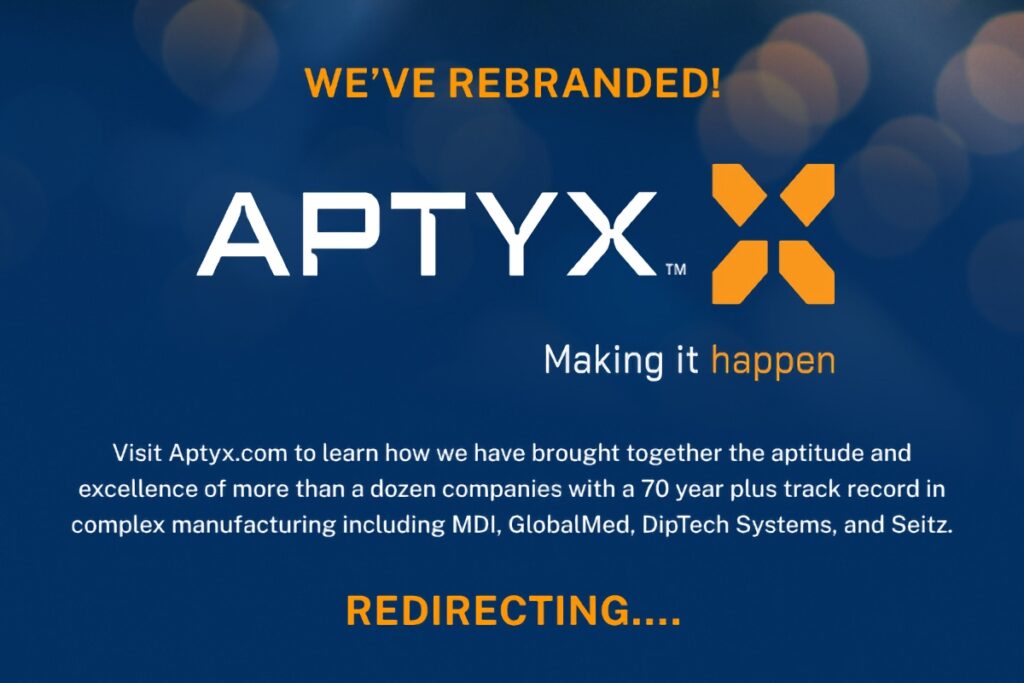For many different types of components, neoprene molding provides a cost-effective, efficient, and very accessible option to consider. This process uses injection molding, where the liquid neoprene is injected into the mold under pressure, providing for immediate, uniform distribution of the neoprene throughout the mold.
Choosing molding is a superior option to many other manufacturing methods for several reasons. The most obvious is the fact that the molding processes uses only the necessary amount of neoprene in a liquid state, which helps to reduce waste, and lowers costs.
There are some considerations or factors when planning the neoprene molding process. Taking the time to consider all the options during the design phase will ensure you have the correct mold for the job, and that all aspects of the final meet design specifications.
The Gate
The gate is the location where the injection of the plastic in this case occurs. The location of the gate should be planned into the mold, which is something we can help with at MDI. It will be essential to place the gate in a part of the design that is not obvious as it will leave a slight mark, often called a scar. This scar can be minimized in the neoprene molding process to be virtually invisible with experienced molding companies.
Thickness Issues
With any type of molding, the uniform wall thickness is a central consideration. The more uniform the thickness of the walls, the more uniform the process can be. However, this does not mean that the molding process with neoprene has to be a standard size. There is a way to provide accurate processing of molded parts even with multiple features to the design.
The more complex the shape of the part, the more important it will be to hire an experienced, expert molding provider. This process is critical, and MDI has the expertise to make the process is completed to your specifications.


Recent Comments